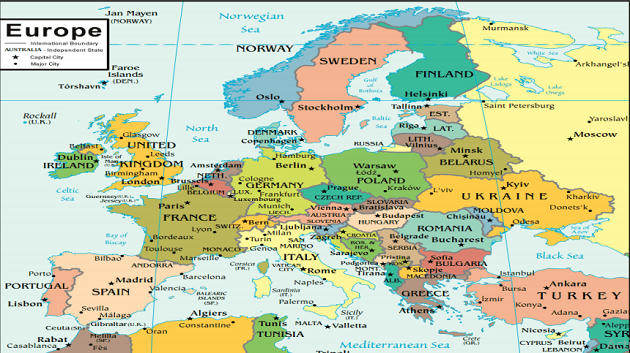Table of Contents
COVID 19
- Last week’s 750 billion-euro ($877 billion) Covid-19 rescue fund marked a high point in the European Union’s plan to tackle the economic fallout of the virus.
- But a new flare-up in infections on the continent is a grim reminder of the more immediate epidemiological threat. While it’s not a second wave yet, it’s a serious test of government strategies intended to avoid one.
CASES ARE ON THE RISE
- In Spain, new daily cases hit almost 1,000 last week, driven by local spikes in areas such as Aragon and Catalonia, where nightclubs are now being closed and curfews applied on bars.
- This shouldn’t come as a shock, given the epidemiological trade-off of easing lockdowns. People are naturally moving around more as stay-at-home curbs are rolled back, and this was always going to give the coronavirus more opportunities to mingle.
CASES ARE ON THE RISE
- Even if offices and public transport are still quiet, European streets are filled with shoppers, diners, and drinkers.
- Estimates of the virus’s reproduction rate from Bank of America economists suggest that it’s risen back to around or above 1 in countries including the U.K., France, Italy, Spain and Belgium, meaning one infected person will on average spread it to more than one other person.
PREVENTION
- So far, the alertness of public authorities has been encouraging.
- The new widespread curbs in Spain and Belgium are worrying, but smaller “smart lockdowns” have been effective too in towns and regions in Germany, the U.K. and Italy.
- And the wearing of face masks, initially discouraged in many countries, is now being wisely enforced by policymakers.
SECOND WAVE
- Case statistics in Spain show people in their 20s and 30s are a key source of new infections.
- With governments naturally reluctant to shut their economies again, Europe’s ability to avoid a new spiral of infections and lockdowns depends a lot on testing and tracing resources to keep tabs on chains of transmission.
SECOND WAVE
- Much has improved in this department: France, Spain and Italy are testing so widely that only an estimated 1% of tests return a positive result.
- But there are gaps. Contact-tracing apps have been a flop, suffering from delays and low take-up. And testing laboratories are suffering bottlenecks
- Overall, while there’s reason for cautious optimism, Europe hasn’t definitively escaped the threat of a second wave. It’s going to be a long summer, and maybe an even harder winter.
Latest Burning Issues | Free PDF























 WhatsApp
WhatsApp